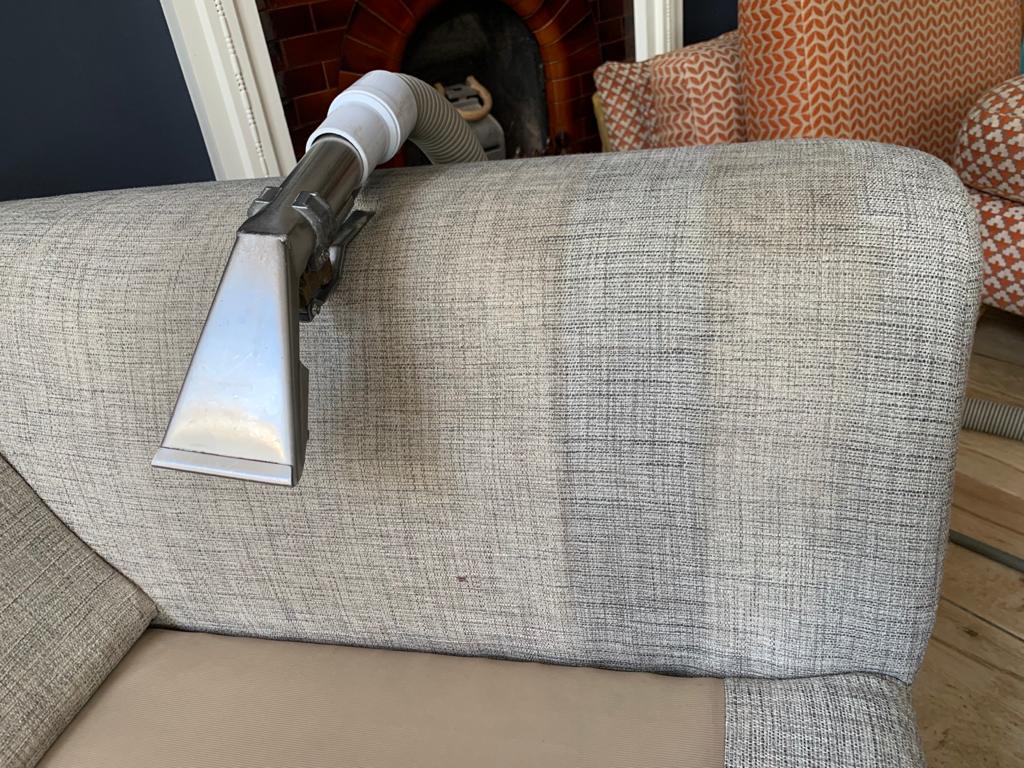Introduction: Commercial carpet cleaning is more than just a surface-level cleaning process; it’s a science. Understanding the intricate details of how and why professional carpet cleaning works can help businesses appreciate the importance of maintaining clean and healthy carpets in their commercial spaces. In this blog post, K&S Carpet Cleaning Sittingbourne delves into the science behind commercial carpet cleaning, shedding light on the methods, principles, and technology that make it an essential business practice.
The Composition of Commercial Carpets:
Before we delve into the science of cleaning, it’s crucial to understand the composition of commercial carpets. Most commercial carpets are made of synthetic fibres such as nylon, polyester, or olefin. These fibres are designed to be durable and resistant to wear and tear, making them ideal for high-traffic areas.
The Science of Soil Accumulation:
Commercial carpets act as filters, trapping airborne particles, dirt, dust, allergens, and even microorganisms from foot traffic and the surrounding environment. Over time, this accumulation of soil can lead to a range of issues, including:
- Compromised Indoor Air Quality: Soil and allergen buildup can contribute to poor indoor air quality, potentially leading to health issues among employees and customers.
- Deterioration of Carpet Fibers: Abrasive soil particles can damage carpet fibres, causing premature wear and reducing the carpet’s lifespan.
The Chemistry of Cleaning Solutions:
Effective commercial carpet cleaning involves using specialised cleaning solutions designed to break down and remove different types of soil. These solutions often consist of surfactants, detergents, solvents, and enzymes, each with a specific role in the cleaning process:
- Surfactants: Surface-active agents help to break the bond between soil particles and carpet fibres, allowing for easier removal.
- Detergents: Detergents help remove oil-based stains and soil from the carpet.
- Solvents: Solvents are effective at breaking down and removing stubborn, sticky residues.
- Enzymes: Enzymes can target and break down organic matter, such as food and pet stains.
The Mechanics of Cleaning Equipment:
Commercial carpet cleaning equipment, such as hot water extraction machines and steam cleaners, plays a pivotal role in cleaning. These machines employ a combination of heat, pressure, and agitation to:
- Lift Soil: The hot water and detergent mixture is sprayed onto the carpet, breaking down soil and suspending it in the cleaning solution.
- Extract Soil: Powerful vacuum suction then extracts the filthy water and loosened dirt and contaminants.
The Science of Drying:
Drying is a critical part of the cleaning process. Efficient drying prevents mould growth and ensures a quick return to normal use. It relies on principles of airflow and evaporation, aided by fans and dehumidifiers.
Conclusion: Commercial carpet cleaning is a science that combines knowledge of carpet composition, soil accumulation, chemistry, and the mechanics of cleaning equipment. By understanding the science behind this essential practice, businesses can appreciate the value of maintaining clean, healthy carpets in their commercial spaces. Regular professional carpet cleaning not only enhances the aesthetics of a business but also contributes to a healthier indoor environment, longer carpet lifespan, and a positive impression on customers and employees.
Call us on: 01795 502 097
Click here to find out more about K&S Carpet Cleaning Sittingbourne
Click here to complete our contact form and see how we can help with your carpet needs.

